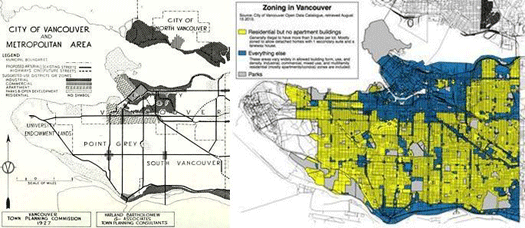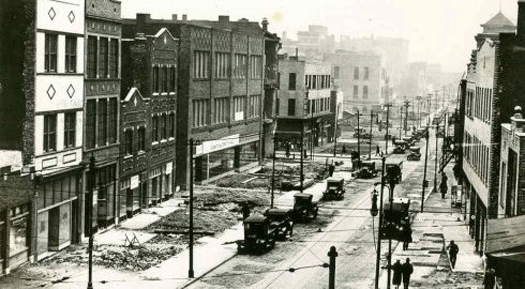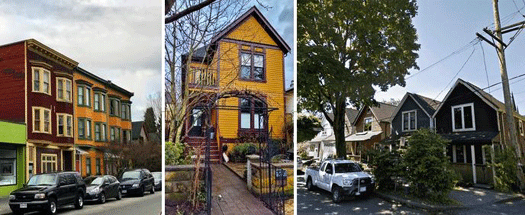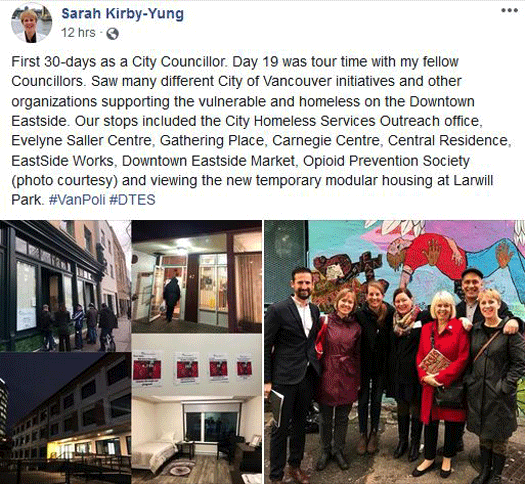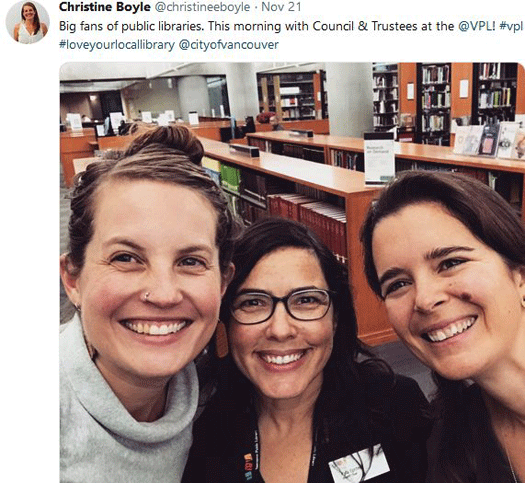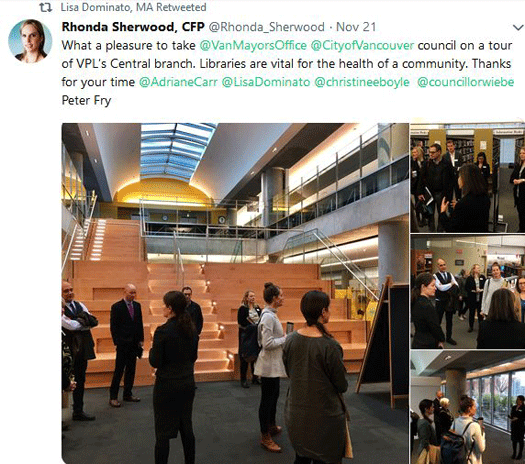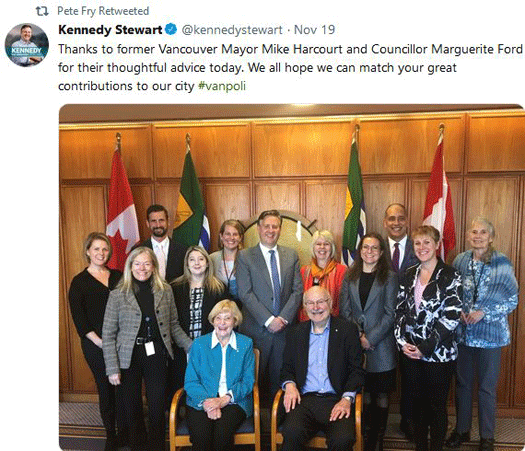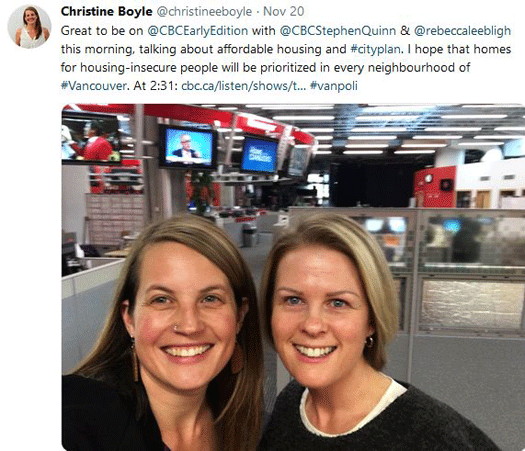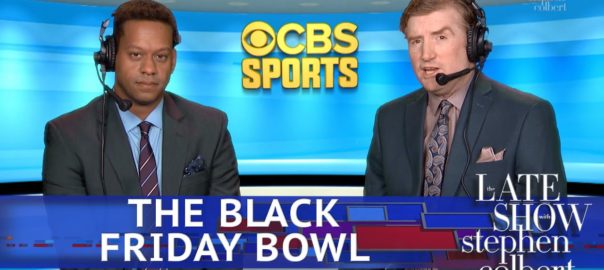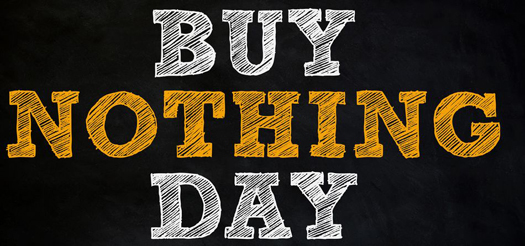
Harland Bartholomew (September 14, 1889 – December 2, 1989) was an American urban planner. Although a civil engineer by training & disposition, from 1911 through until the mid-1950s, Mr. Bartholomew emerged as the most influential urban planner of the first half of the 20th century, his considerable influence now thought to have had a profoundly negative impact on city development, administrative evil masked as “moral good”.
During the course of his lifetime, Mr. Bartholomew created comprehensive city plans for urban centres across North America, including …
Before, during and after WWII, Mr. Bartholomew was appointed to the United States’ Federal Planning Committee by three Presidents, Herbert Hoover, Franklin D. Roosevelt and Dwight D. Eisenhower. In 1952, President Eisenhower appointed Mr. Bartholomew chairman of the National Capital Planning Commission, a position he held for seven years.
Mr. Bartholomew was an early advocate of slum clearance & city planning, serving on the U.S. Slum Clearance Advisory Committee. His ideas helped shape the Housing Act of 1937 & the Housing Act of 1949, and had a profound effect on the segregation of city neighbourhoods, ensuring that immigrants and the urban poor would be designated to one blighted city neighbourhood — including in Vancouver, skid row (now called the Downtown Eastside), the urban planning handiwork of Mr. Bartholomew.

In his June 17, 2017 essay on Vancouver’s Abundant Housing website, urbanist Reilly Wood records the following …
“When Bartholomew asked what abuses he should consider in the interim zoning by-law of 1927 he was preparing, the chairman replied that ‘the only serious abuse… is the intrusion of undesirable apartment houses into residential districts'” (Zoning and the Single-Family Landscape, p. 60)
Recently, at the November 13th meeting of Vancouver City Council, newly-elected OneCity Vancouver Councillor Christine Boyle moved an amendment to a motion calling for an updated City Plan that would have included in its mandate “a city for all, such that all neighbourhoods in Vancouver would include all types of housing, rental, co-and-co-op housing, and social housing.” Councillor Boyle’s amendment was supported only by Mayor Kennedy Stewart and COPE City Councillor Jean Swanson.
Old ideas die hard, it would seem, and the legacy of Harland Bartholomew looms large in the planning process within the City of Vancouver.
Nonetheless, VanRamblings believes that as a new, inclusive and neighbourhood sensitive City Plan is developed, the intent of Councillor Boyle’s heartening and necessary amendment will carry the day, with the near unanimous consent of the Mayor & her fellow City Councillors, persons of conscience, grit & integrity to their core, who mean well for our city, not just over the course of the next four years, but for generations to come.
How did Harland Bartholomew’s Ideas Shape Vancouver?
“Few cities possess such a combination of nearby natural resources, a splendid harbour, a terrain ideally suited for urban use, an equable climate and a setting of great natural beauty.
Vancouver is the most important Pacific port of a great country. Here, if anywhere, should develop a great city. Circumstances of such character call for a city plan of substantial scale.”
A Plan for the City of Vancouver, Harland Bartholomew & Associates, 1928, p. 10
From the outset, Harland Bartholomew was clear in stating his preference for single-family homes throughout the city, with Vancouver Town Planning Commission chairman Arthur Smith setting the tone by praising Point Grey’s early bylaw, explicitly segregating Vancouver by class, and noting the retention of single-family homes as a major goal …
“The wise foresight which Point Grey has used in planning at an early stage of its growth should provide Vancouver with one of the most desirable residential districts possessed by any city on the Continent, and those who have to gain their livelihood by manual labor should find in Hastings Townsite, and in a replanned South Vancouver, a place where they can build up modest homes which should differ only in size from that of the more opulent employers. The retention of Vancouver as a city of single family homes has always been close to the heart of those engaged in the preparation of this plan.” (A Plan for the City of Vancouver, p. 26)
Bartholomew further clarified his preference for single-family homes …
“As has been mentioned, Vancouver is largely a city of one-family homes and is surrounded by similar development in the adjoining municipalities. Large areas are now available for such development, though a considerable proportion has yet to be served by utilities. That the one-family dwelling is the desirable unit for happy living is the general concensus (sic) of opinion of all authorities. (A Plan for the City of Vancouver, p. 233-234)

Bartholomew was keen to keep stores out of residential neighbourhoods …
“The scattering of stores promiscuously throughout residence districts has done considerable damage to the city’s appearance. The nearly universal custom of building stores out to the street line has hurt the appearance of a good many residence streets and at the same time has injured adjoining lots by making them less desirable for living purposes and reducing their saleable value. The zoning by-law will remedy this condition and tend to prevent residence districts from becoming blighted.” (A Plan for the City of Vancouver, p. 247)
As Reilly Wood writes in his Abundant Housing essay …
“The contrast with modern-day Vancouver is remarkable, given that neighbourhood stores built before Bartholomew’s Plan are now many neighbourhoods’ most cherished jewels. Who would prefer the East Side without the Marché St. George, or the West Side without Arbutus Coffee? Bartholomew sought to completely eradicate small-scale retailers and meeting places from residential neighbourhoods, without questioning whether people might want to live near such amenities.”
Bartholomew advocated for and succeeded in creating exclusionary neighbourhoods, imposing extravagantly large minimum lot sizes and yards, and as Wood writes could “be more accurately described as a suburban plan, designed by a man with a profoundly anti-urban bias. It would be laughable if we weren’t still living in its shadow.”
 Franklin Avenue looking East from 9th, 1928. Landmarks Association of St Louis.
Franklin Avenue looking East from 9th, 1928. Landmarks Association of St Louis.
Bartholomew’s urban plan for St. Louis, Missouri, is particularly instructive:
“City planner Harland Bartholomew rose in prominence along with the popularity of scientific city-efficient planning during the early to mid-twentieth century. In the pursuit of solutions to urban problems, Bartholomew concluded that the most efficient way to revitalize St. Louis, Missouri, was through the clearing of slums. In an attempt to solve the city’s economic and demographic problems, slum clearance destroyed and displaced Black neighborhoods whose 70,000 residents were seen as detrimental to the city’s success.”
In fact, as Dan Chapman of The Atlanta Journal-Constitution, writes …
“The region’s psychic scars run deeper. St. Louis once was the nation’s fourth most populated city, a manufacturing and transportation colossus. It was the proud Gateway to the West, idealized by the soaring steel Arch along the banks of the Mississippi River.
A century ago, city fathers realized that blight, traffic, poverty, and fragmented government threatened St. Louis’ success. They hired a city planner in 1916 who, a year later, published the “Problems of St. Louis.” The city was at a critical juncture, an inflection point where long-term success might be guaranteed if the right civic decisions were made.
Harland Bartholomew, the planner, hoped that his report would “ultimately result in some action and action is St. Louis’ greatest need.” Action ensued, but not always the right kind.
St. Louis today ranks 27th in population and 45th in job growth among the top 50 metro areas. In hindsight, few imagined that the year 1916 would figure so prominently. Bartholomew’s embrace of urban renewal and highways-to-the-suburbs fueled the exodus from St. Louis as well as the region’s fragmentation and racism.
A residential segregation law passed that year established an ongoing pattern of racial separateness. The law was overturned, but the scars remain. Ferguson, for example, is two-thirds black, yet at the time of the shooting the mayor and five of six council members were white.
“Ferguson affirms that we in St. Louis are in the geographic and cultural heart of America with all its issues and foibles,” said the Rev. Starsky Wilson, pastor of St. John’s United Church of Christ in St. Louis. “These are American problems.”
 Vancouver’s Strathcona neighbourhood was developed with narrow lots before Harland Bartholomew’s ideas were adopted. UBC urban geography professor Patrick Condon wants it known that in the 1960s, consequent of a state-sponsored urban renewal initiative, government sought to declare Strathcona a “slum”. David Gibson wants it known that “Strathcona was saved by the Strathcona Property Owners and Tenants’ Association (SPOTA), The Electors’ Action Movement (T.E.A.M.) Council of the early 1970s, supplemented by federal Opportunities for Youth (OFY) & Local Initiatives Projects (LIP) grants, “such that Strathcona continues to thrive to this day.
Vancouver’s Strathcona neighbourhood was developed with narrow lots before Harland Bartholomew’s ideas were adopted. UBC urban geography professor Patrick Condon wants it known that in the 1960s, consequent of a state-sponsored urban renewal initiative, government sought to declare Strathcona a “slum”. David Gibson wants it known that “Strathcona was saved by the Strathcona Property Owners and Tenants’ Association (SPOTA), The Electors’ Action Movement (T.E.A.M.) Council of the early 1970s, supplemented by federal Opportunities for Youth (OFY) & Local Initiatives Projects (LIP) grants, “such that Strathcona continues to thrive to this day.
Blatantly racist development policy, intolerance, exclusive neighbourhoods where the working poor, persons with disabilities, seniors, those on social assistance, immigrants and refugees are all but forbidden from residence, and a blighted downtown neighbourhood riven with crime, hopelessness and an opioid crisis that is killing our city’s residents by the thousands — these are the critical challenges faced by our new Mayor and City Council.
A good place to start?
Undo and reverse the legacy of Harland Bartholomew, and begin anew.

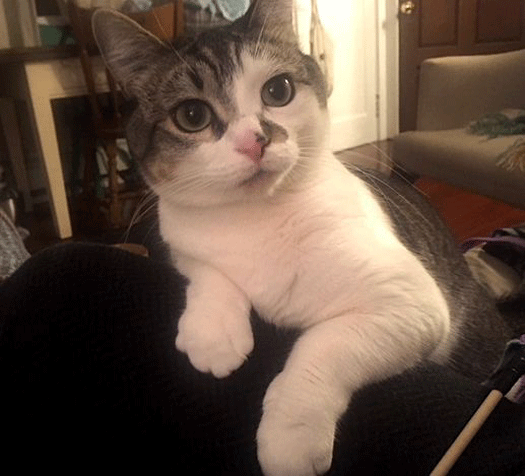 Damara, our new 3-year-old kitty, soon to be our companion as we write each day.
Damara, our new 3-year-old kitty, soon to be our companion as we write each day.
